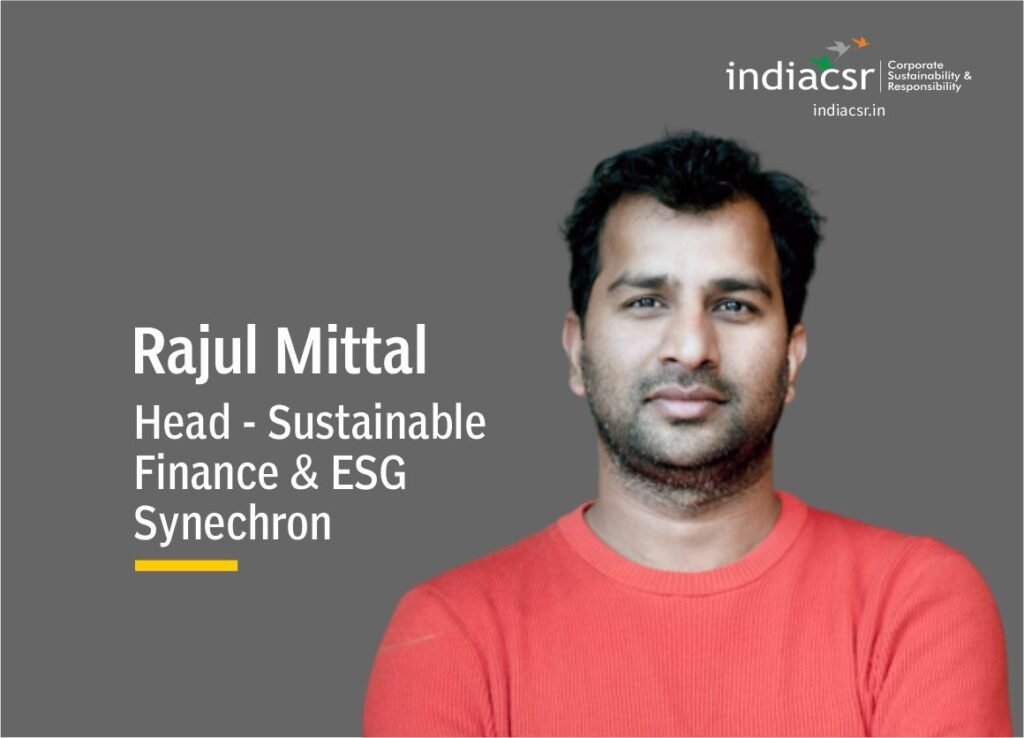Climate data is extremely helpful in checking the increasing intensity and frequency of a climate-related event, probability of damage, price of insurance, and potential homes’ resale values.
By Rajul Mittal and Parul Vyas
How many disasters are too many disasters? A recent CLIMATE INDIA 2022 report by the Centre for Science and Environment, shows India has witnessed a localized climate disaster almost every day during the first nine months of 2022: precisely 241 of 273 days! These climate disasters have impacted 1.8 million hectares of crop area, demolished 416,667 houses, and resulted in the loss of 2,755 human lives, and approximately 70,000 livestock.
A critical question is whether we could have averted or at least mitigated the climate change damage. Can we better prepare to effectively deal with catastrophic climate events? The answer lies partially with ‘Climate Data.’
Focusing on Climate Data
Climate data focuses on long-term patterns and provides information about a particular location’s atmospheric conditions, temperature, precipitation, seasonal weather trends, and the probability of an inevitable climate-related disaster happening soon. So, how is this relevant to dealing with climate change, and what are the benefits of climate data?
1. Climate data helps monitor the intensity of extreme climate events
Climate data is extremely helpful in checking the increasing intensity and frequency of a climate-related event, probability of damage, price of insurance, and potential homes’ resale values. According to the World Bank, about 35% of India’s population live in flood-prone urban slums. Aqueduct Floods, a tool from World Resources Institute that measures worldwide water-related flood risks, found that “every $1 spent on flood protection infrastructure in India results in $248 in avoided damages and lowers the probability of these areas being flooded by half.”
2. Climate data is necessary for the health sector
Air quality continues to worsen in the capital city of Delhi (judged as one of the ‘world’s most polluted cities’). According to the Delhi Pollution Control Committee, the Air Quality Index currently ranges between 450-800 in different parts of the city. This suggests that the 32 million residents are breathing more smog than air. The State of Global Air report 2020 revealed that more than 116,000 infants in India died within a month of birth in 2019 due to air pollution (outdoor and indoor).
Additionally, the National Health Portal of India states that from 2030 – 2050, climate change will result in 250,000 additional deaths per year from malnutrition, heat stress and diarrhea. For tackling climate-related health issues climate data can surely be a key instrument to support policy, planning and contingency management.
3. Transparency of climate data leads to better long-term investments
Regulatory frameworks increasingly emphasize the need for better quality and more transparent climate data. In July 2022, the Reserve Bank of India published a Discussion Paper on Climate Risk and Sustainable Finance and asked lenders to align their climate-related financial disclosures with global norms. It emphasized the uncertainty about the timing and severity of climate financial risk that threatens the soundness and resilience of India’s financial system.
4. Climate data helps in boosting the economy
One would be surprised to know that climate data is also becoming one of the parameters to gauge national government creditworthiness. According to Moody’s, heat waves are “credit negative” for a country like India, where long-term credit exposure to physical climate risks is making economic growth more volatile and more likely to experience economic shocks.
Challenges with Climate Data
Acquiring good quality, reliable climate data presents challenges. Private and public sector users need climate data that is understandable, reliable, and workable. Currently available climate data fairs quite badly on fulfilling what the market needs. Currently, the data is unreliable and too complex from a modelling and interpretation standpoint.
Additionally, climate data carries a hefty price tag. The cost of researching, gathering and monitoring data for climate scenario analyses often exceeds a given company’s budget, leaving them unprepared for extreme climate events. Therefore, the climate model is often downscaled to a level that misses the crucial data points.
Customized climate data is not an easy endeavor but surely a very profitable one. That means all the effort is currently focused on tailored data for blue-chip companies rather than facilitating government-level decision making.
Moving forward
Reliable climate data currently comes with a hefty price tag, and open access to such data is still a work in progress. This leads to the argument that wealthier nations are better equipped to mitigate the impact of extreme climate events, given they can afford it. Given that climate events transcend boundaries and can wreak havoc, access to climate data is the need of the hour for countries, companies, and the collective society.
The Indian Meteorological Department currently acts as a repository to render weather/climate data and services. A public-private partnership where the climate data is shared via an open governance system is what we all can hope for. There are two differing opinions about how the government should facilitate a thriving climate data ecosystem: either take complete responsibility, which is currently the case or be the primary agency for collection but let the private market be more active in processing and analytics. How this unfolds is still to be seen.
There is an opportunity and need for India — and the world — to discuss approaches around reliable climate data collection, scientifically accurate tools for processing, and better climate risk models for predictions.
About the Authors


Rajul Mittal, Head of Sustainable Finance & ESG, Synechron. Parul Vyas, Sr. Associate, Research & Strategy, Sustainable Finance & ESG Team, Synechron
Views are personal.























